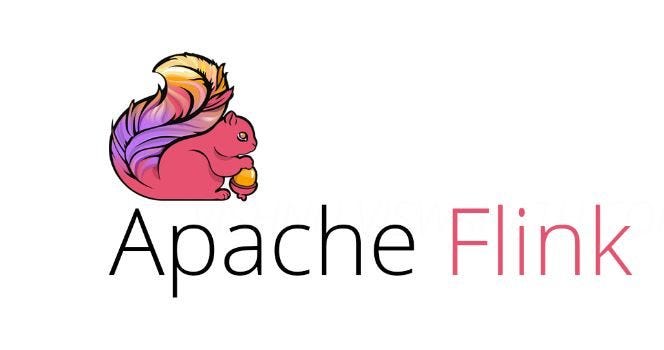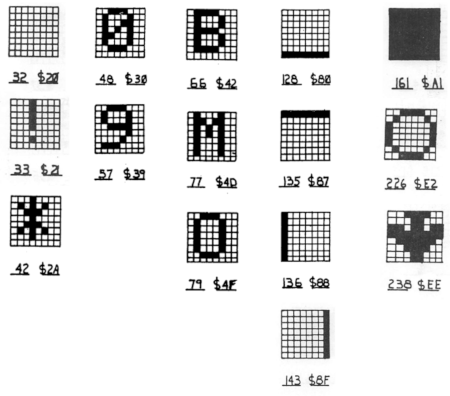Dartmouth BASIC - Wikipedia
Dartmouth BASIC is the original version of the BASIC programming language. It was designed by two professors at Dartmouth College, John G. Kemeny and Thomas E. Kurtz. With the underlying Dartmouth Time-Sharing System (DTSS), it offered an interactive programming environment to all undergraduates as well as the larger university community.
Several versions were produced at Dartmouth, implemented by undergraduate students and operating as a compile and go system. The first version ran on 1 May 1964, and it was opened to general users in June. Upgrades followed, culminating in the seventh and final release in 1979. Dartmouth also introduced a dramatically updated version known as Structured BASIC (or SBASIC) in 1975, which added various structured programming concepts. SBASIC formed the basis of the American National Standards Institute-standard Standard BASIC efforts in the early 1980s.
Most dialects of BASIC trace their history to the Fourth Edition (which added, e.g., string variables, which most BASIC users take for granted, though the original could print strings), but generally leave out more esoteric features like matrix math. In contrast to the Dartmouth compilers, most other BASICs were written as interpreters. This decision allowed them to run in the limited main memory of early microcomputers. Microsoft BASIC is one example, designed to run in only 4 KB of memory. By the early 1980s, tens of millions of home computers were running some variant of the MS interpreter. It became the de facto standard for BASIC, which led to the abandonment of the ANSI SBASIC efforts. Kemeny and Kurtz later formed a company to develop and promote a version of SBASIC known as True BASIC.
















